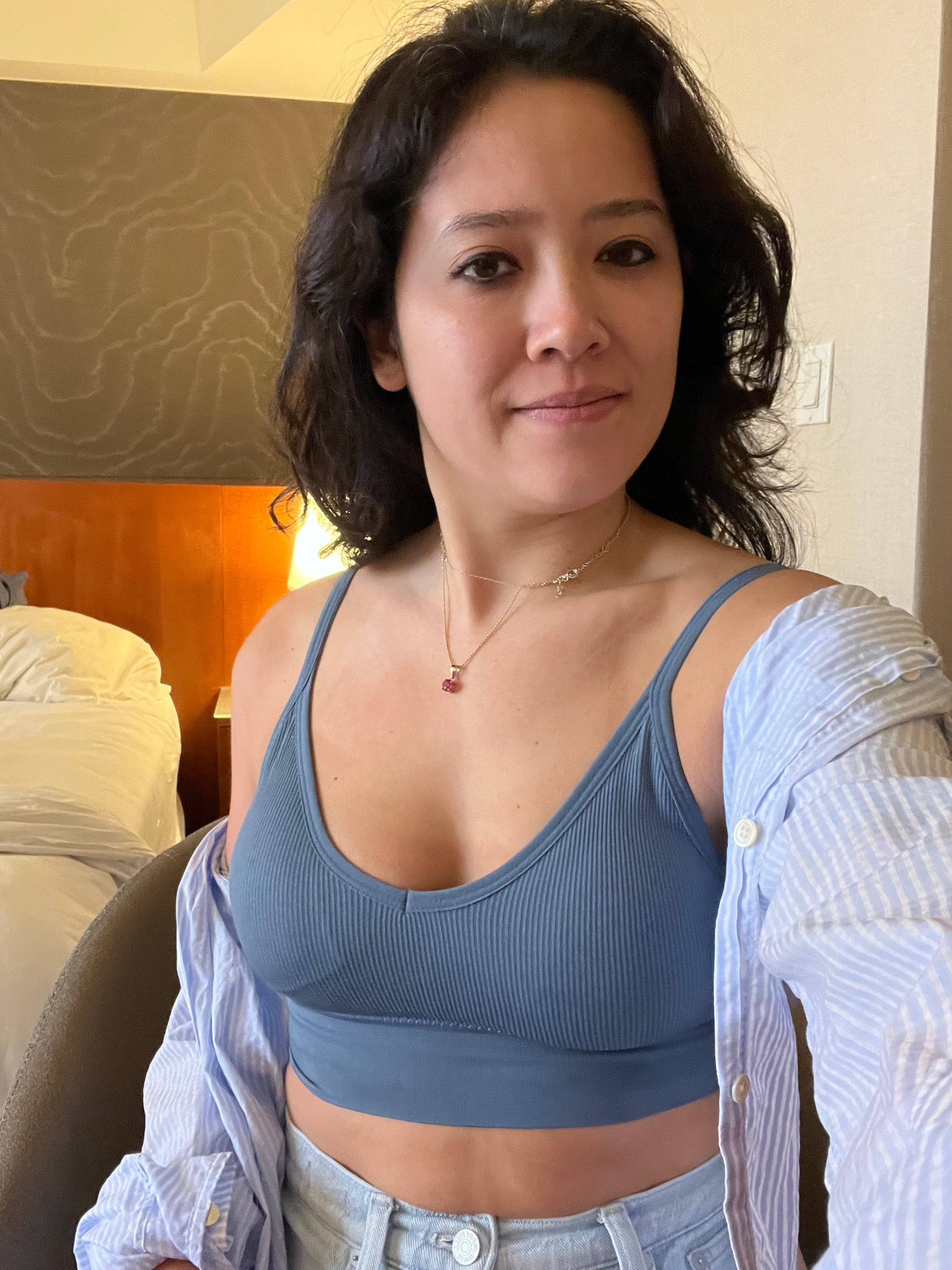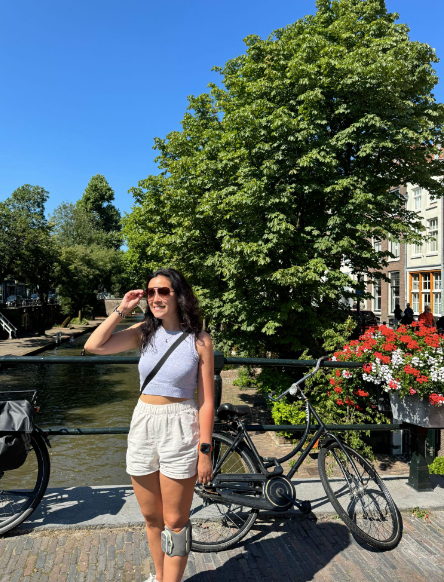From rotator cuff repairs to shoulder replacements, these surgeries play a crucial role in restoring shoulder function and relieving pain. In this guide, we'll explore eight types of shoulder surgeries, their procedures, recovery processes, outcomes, and associated risks, while also highlighting the importance of post-surgery care facilitated by physical therapy. For some conditions arthroscopy procedures are used.This is a minimally invasive surgical procedure that uses a small camera and surgical instruments inserted through tiny incisions. For others, open surgery is required.
Rotator Cuff Repairs:
- Rotator cuff repair surgery addresses injuries, tears, or inflammation of the rotator cuff tendons. Surgical techniques include traditional open repairs, minimally-invasive approaches, or hybrid methods. Post-surgery, patients may require months of recovery, during which Reboundwear clothing, made with easy access zippers and panels, will be exceedingly helpful. You won’t experience pain by moving your arms because the panels wrap around your arm and are then zipped closed. You won’t have to get undressed for icing and bandage changes and putting on an arm sling either. Easy on easy off clothing minimizes the risk of infection to the wound site. The less the wound site is disturbed the less chance there is for infection.
Arthroscopy for Impingement Syndrome:
- Shoulder impingement or Impingement syndrome is a condition that occurs when the tendons of the rotator cuff, which are the muscles and tendons that help hold the shoulder joint together, become irritated and inflamed due to repetitive motions or rubbing against the acromion, the bony projection on the top of the shoulder blade. The condition often necessitates arthroscopic subacromial decompression surgery also known as acromioplasty, which is a minimally invasive surgical procedure . While recovery time may vary, the use of Reboundwear adaptive clothing can ease discomfort of limited mobility and support the healing process by giving caregivers quick and easy access to the shoulder area thus minimizing painful movements.
Arthroscopy for Shoulder Dislocation:
- Shoulder dislocation injuries may demand Bankart repair surgery for stabilization.
- This surgery is aimed at fixing a situation where the shoulder joint keeps dislocating forward.
- Through a structured recovery plan that includes icing and Physical Therapy patients can regain strength and mobility effectively.
Arthroscopy for Frozen Shoulder:
Frozen shoulder surgery is typically performed as a last resort when non-surgical treatments haven't been successful in loosening tight muscles and tendons and improving range of motion and reducing pain in a frozen shoulder. There are two main surgical approaches for frozen shoulder:
- Manipulation under anesthesia: This is a less invasive procedure where you're put under general or regional anesthesia. The surgeon then gently manipulates your shoulder joint to stretch and break up the tightened capsule and scar tissue. This can be quite uncomfortable, but it helps to restore movement.
- Shoulder arthroscopy: This is a minimally invasive surgical procedure that uses a small camera and surgical instruments inserted through tiny incisions. The surgeon visualizes the inside of the joint on a screen and cuts or releases the tight bands of tissue in the capsule to improve shoulder movement.
- Surgical intervention may be necessary to release tight tissues.
Arthroscopic SLAP Repair:
- A SLAP tear stands for "Superior Labrum Anterior Posterior" tear. It's an injury to the labrum, a ring of cartilage that cushions the ball (humerus) of your shoulder joint within the socket (glenoid). In some SLAP tears the biceps are also damaged. SLAP tears commonly require arthroscopic surgery for repair to restore shoulder stability and function. Surgeons will prescribe Physical Therapy as part of the recovery process which comprises a series of exercises put together by the therapist that best suits your particular health profile. Typically at the beginning and end of each session the therapist will massage and/or ice the surgical area. Reboundwear tops can be zipped and unzipped at the shoulders to optimize care and treatments.
Acromioclavicular (AC) Joint Repairs:
- AC joint injuries, whether due to wear and tear or instability, might require open repair surgical correction to address injuries to the AC joint, the connection point between your collarbone (clavicle) and shoulder blade (scapula). These injuries typically occur due to falls, direct blows to the shoulder, or forceful overhead motions.
- Shoulder Replacement:
- Also known as total shoulder arthroplasty, is a procedure to replace the damaged parts of your shoulder joint with artificial components.
- For severe shoulder arthritis or complex fractures, shoulder replacement surgery may be recommended.Biceps tendon injuries, often accompanying rotator cuff issues, may require surgical intervention.
- Following surgery, you'll likely stay in the hospital for a few days. Pain medication will be provided. The postoperative phase includes rehabilitation and adjustment to the prosthetic joint, Biceps Tendon Surgery. Physical therapy will begin soon after surgery to help regain strength, motion, and improve functionality in your shoulder.
For most shoulder surgeries recovery can take between six weeks and one year to fully regain movement and strength. Here's a breakdown of the typical recovery timeline:
- Short-term (weeks 1-6): The initial focus is on pain management and preventing stiffness. You might wear a sling for a day or two, but early gentle movement exercises are crucial to prevent scar tissue formation.
- Mid-term (months 3-6): You should experience significant pain relief and be able to move your arm further. Physical therapy becomes more active, helping you regain strength and range of motion.
- Long-term (months 6-12): Continued physical therapy helps you reach full recovery and return to your normal activities. While most people regain good movement by 6 months, some may take up to a year for complete recovery.
Here are some important factors that can influence recovery time:
- Severity of your shoulder injury: More severe cases with extensive stiffness might take longer to improve.
- Your overall health: Underlying conditions like diabetes can slow healing.
- Following physiotherapy regimen: Diligently performing prescribed exercises is critical for optimal recovery.
Shoulder surgeries encompass a diverse range of procedures aimed at addressing various shoulder ailments. Optimal post-operative care, including rehabilitation and comfort management, is essential for successful recovery. The best advice from surgeons and physical therapists ? Be Patient and stick to your PT exercises. You will experience comfort and mobility within a year. And remember that you will want to continue your PT exercises as part of your daily routine to keep your shoulders stable and strong. And keep your style and comfort from surgery to healing by incorporating Reboundwear adaptive clothing into the recovery process.





Leave a comment
All comments are moderated before being published.
This site is protected by hCaptcha and the hCaptcha Privacy Policy and Terms of Service apply.